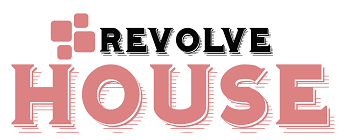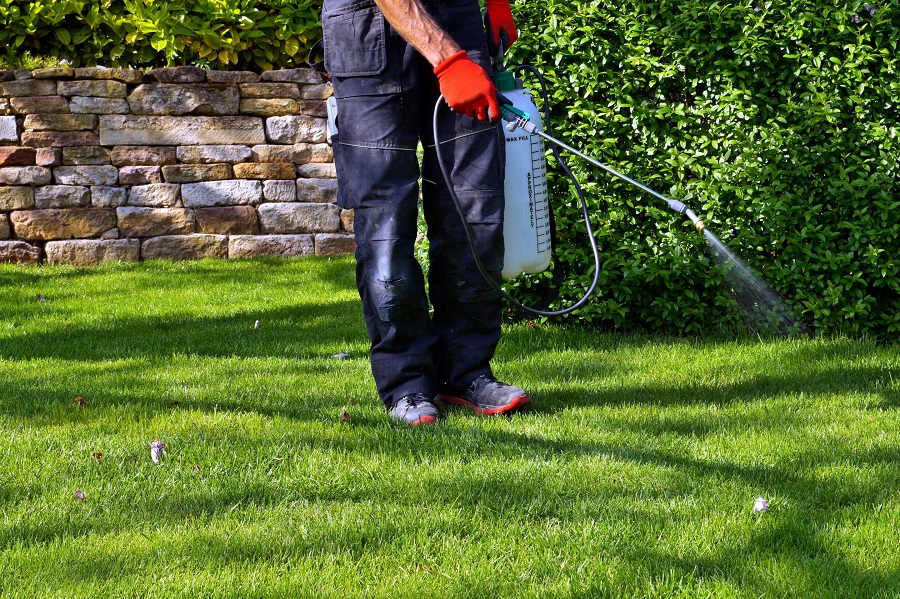Managing toxic industrial waste requires precise systems, clear records, and reliable contractors. A hazardous waste management system in Singapore safeguards personnel, property, and the environment in regulated industries while facilitating audits. This guide outlines seven compliance essentials you can apply across labs, workshops, plants, and construction sites. Treat them as a cycle: identify, contain, move, treat, and review, then repeat with better data.
1. Identify Waste Streams Correctly
Classify each stream against the regulated list for toxic industrial waste and note physical state, contaminant levels, and typical volumes. Record incompatible pairings and storage conditions. Sample periodically to confirm assumptions, especially after process changes or maintenance shutdowns. Train staff on container labelling and material safety data so no one guesses during a busy shift.
2. Package And Label For Safe Handling
Use UN-rated containers sized to realistic batch volumes. To ensure that seals withstand heat and vibration during transportation, match the chemical qualities of caps, gaskets, and liners. Apply durable labels that state contents, hazards, date, and origin. Add clear secondary containment where liquids are present. For small vials and reactive residues, use absorbent wrap and rigid outer boxes to prevent breakage. Simple packaging choices prevent leaks, reactions, and costly clean-ups.
3. Store With Segregation And Capacity In Mind
Designate ventilated, weather-sheltered bays with spill containment and fire controls. Separate acids from alkalis, oxidisers from organics, and flammables from ignition sources. Keep aisles clear, store heavy drums at low levels, and log weekly inspections. Install eye-wash and shower stations within reach of storage points. Capacity planning avoids ad-hoc stacking that damages containers and risks cross-contamination, while good lighting and legible signage reduce handling errors at shift change.
4. Move Waste Using Approved Transporters
Arrange collections only with licensed carriers familiar with toxic industrial waste documentation and routing. Verify driver training, vehicle placards, and spill kits before each run. Provide an accurate manifest that matches container counts and codes. Share site access rules and loading hazards so crews work safely and on schedule. After handover, track the consignment to the destination; prompt confirmation of receipt prevents paperwork gaps that complicate inquiries.
5. Track Paperwork End-To-End
Treat documentation as part of the control system. Maintain manifests, consignment notes, and certificates of treatment or disposal for each shipment. Reconcile expected and actual weights, and investigate discrepancies the day they occur. Store records securely and make them searchable by date, stream, and vendor. Use dashboards to monitor storage days-on-site so no container exceeds its limit. Good records shorten audits, support carbon reporting, and strengthen incident investigations.
6. Choose Treatment That Fits The Stream
Work with specialists who explain process choice in plain language. For example, high-COD organics may suit incineration with energy recovery, while metal-bearing sludges often go to stabilisation before landfill. Certain solvent blends can be recovered and reused, delivering cost and emissions gains. Check that pre-treatment steps on site follow written procedures with calibrated meters. The right pathway reduces risk, cost, and landfill dependency while aligning outcomes with your environmental objectives.
7. Build Culture: Training, Drills, And Reviews
Compliance holds when habits stick. Run inductions for new staff, followed by refreshers that use recent near-misses. Practise spill response with absorbents, neutralisers, and first-aid checks, timing each step to reality. Review contractor performance quarterly, including missed slots, documentation errors, and vehicle conditions. Benchmark costs and diversion rates against prior quarters to spot improvement opportunities. After any incident, capture lessons and update SOPs, storage layouts, and signage promptly so the next shift inherits safer, clearer routines.
Conclusion
Classification, confinement, and unambiguous logistics, followed by disciplined records and the appropriate treatment path, yield strong results. When managers make investments in vendor supervision and employee training, hazardous industrial waste is safely removed from the site, and audits become routine. Hazardous waste management in Singapore remains compliant, cost-conscious, and prepared for examination at any time by implementing these fundamentals. Create a brief monthly report that includes dates, owners, and actions; accountability is strengthened and drift is avoided with tiny, consistent changes. The cycle reduces overall cost and increases resilience over time.
Contact BELFOR to audit your toxic industrial waste streams, arrange licensed collections, implement end-to-end manifest tracking, and run spill-response drills with quarterly compliance reviews.


